This unusual fish was on the tideline one evening in early November. It was about 10cm long and I think it must be a boar fish, which is usually a deepwater creature.
John-Mark Dick, Co Sligo
That’s what it is. The boar fish occurs along the western coasts of Britain and Ireland. As you say, it lives at depths of 50-100m and feeds on small crustaceans and marine worms. It pulls these out of the seabed with its extendable mouth, which forms into a tube. Its very large eyes are typical of fish that live at depths beyond natural light. This one must have been washed up by gales.
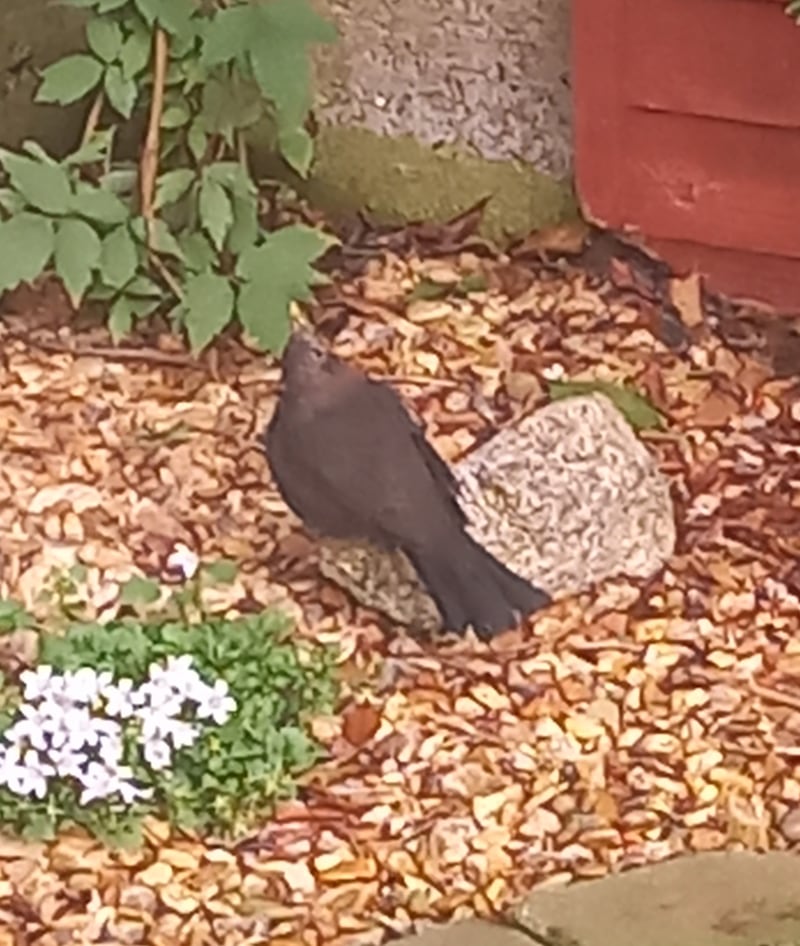
This plump little bird has taken up residence in our back garden over the past few weeks. It seems to dine happily on worms as well as berries from our pyracantha shrub. We think it may have injured a leg, which may explain its continued presence. Could you tell us what it is?
READ MORE
Eamonn Moran, Dublin
It is a blackbird – most likely an older female. Male and female blackbirds look different from each other. The male is instantly recognisable with his shiny black feathers, orange bill and orange-ringed eye. The female has brown feathers and a brown bill. After the robin, blackbirds are the second commonest birds recorded in our gardens, according to Birdwatch Ireland’s Garden Bird Survey. You can take part in this year’s survey, which runs until the end of February, at birdwatchireland.ie.
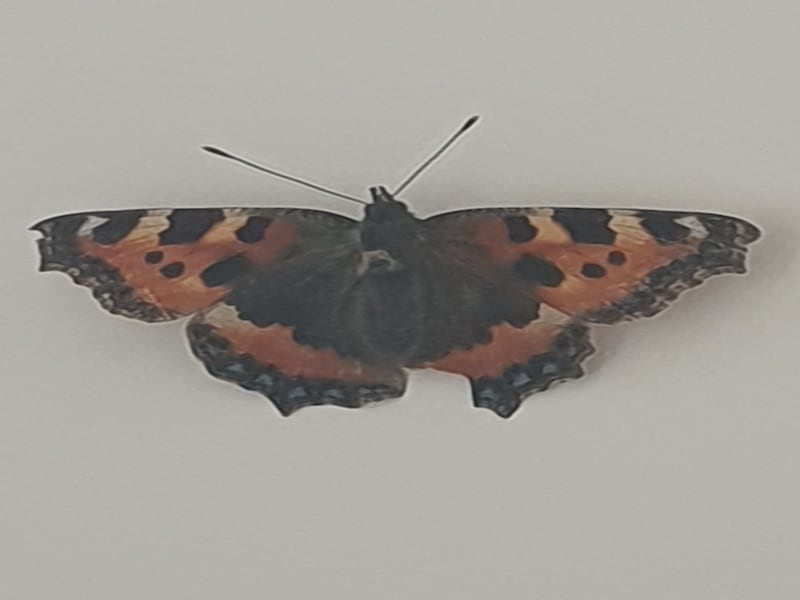
I noticed this butterfly flying around our kitchen in early November, full of energy. What species is it and is it not very late in the year to see one still around?
Paul Downey, Co Waterford
You could indeed be seeing it at Christmas, too, if you only use the good sittingroom around this time. This is a small tortoiseshell butterfly, which hibernates indoors as an adult and seeks out places where it won’t be disturbed during the winter. Heating up rarely used rooms or drawing the curtains can disturb it and cause it to fly around, using up the energy it needs to survive hibernation. If this happens, catch it and put it in an unheated room or outbuilding to complete its rest until late March.
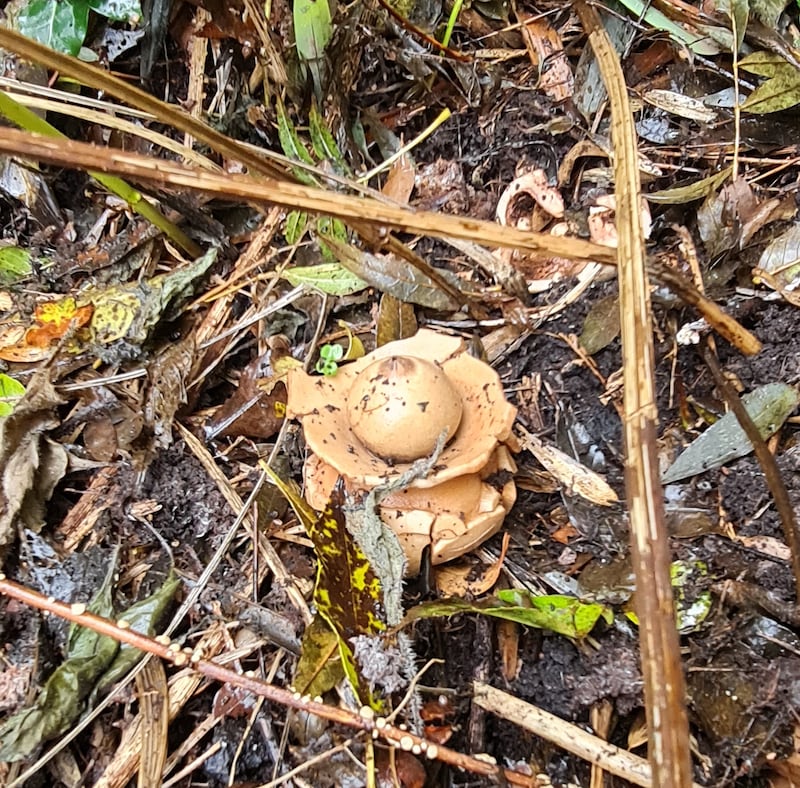
I found this odd-looking mushroom when clearing Jerusalem artichokes.
Tom Smith, Co Meath
This is an earthstar, a fungus that normally grows among leaf litter in deciduous woods. It was first described as an earthstar in 1847 when one was found growing on the highest pinnacle of St Paul’s Cathedral in London, suspended as it were, between the earth and the stars.
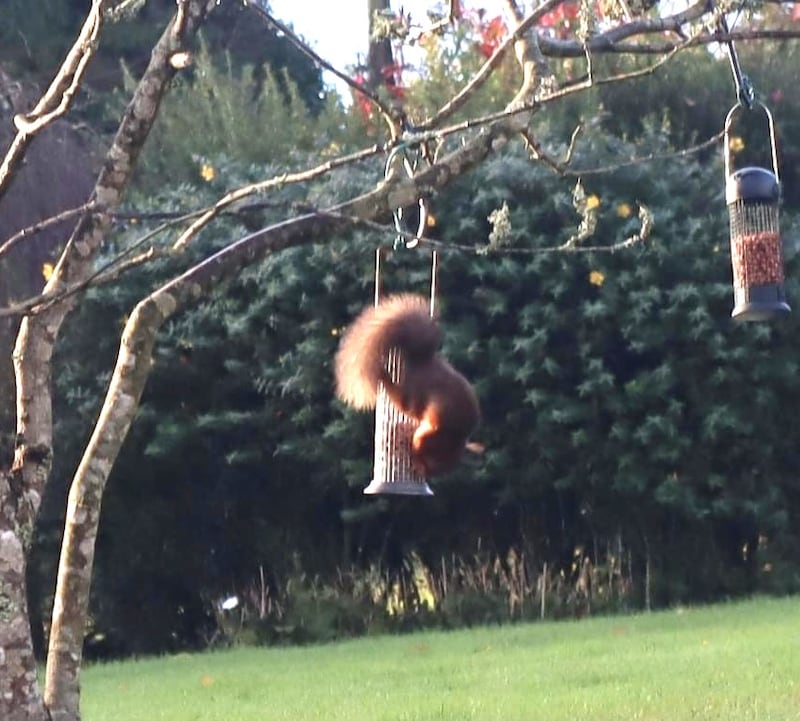
We had a visit by a red squirrel to our bird feeder last Thursday. It stayed for ages feeding.
Helen McGuire, Co Wexford
It is not just birds that benefit from our generosity in winter. Squirrels will also visit birdfeeders, and while grey squirrels are the boldest and the most commonly seen, red squirrels also can come to feed on the nuts. Mind you, the greys are not always welcomed, and it is possible to buy bird feeders with an outer case that are squirrel-proof. Or you could lace the nuts with chilli powder – the birds won’t taste it but the squirrels will.
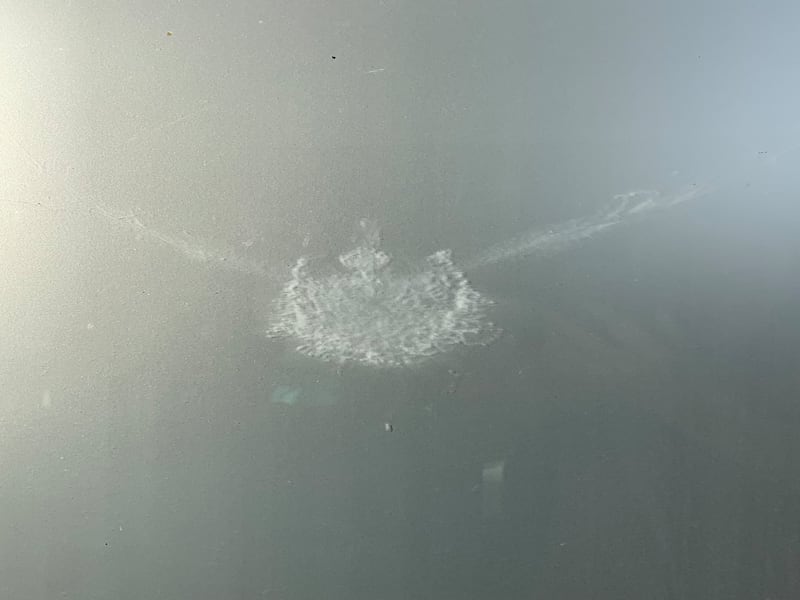
This ghostly image was made on Halloween afternoon when a collared dove crashed with a huge bang into our window. It died in the impact. I thought it must have been pursued by a hawk. Sure enough, 10 minutes later a female sparrowhawk was hulking over the dove, then flew off with its prey.
Ciaran O’Keeffe, Skerries, Co Dubllin
Please submit your nature queries, observations and photos, with a location, via irishtimes.com/eyeonnature









